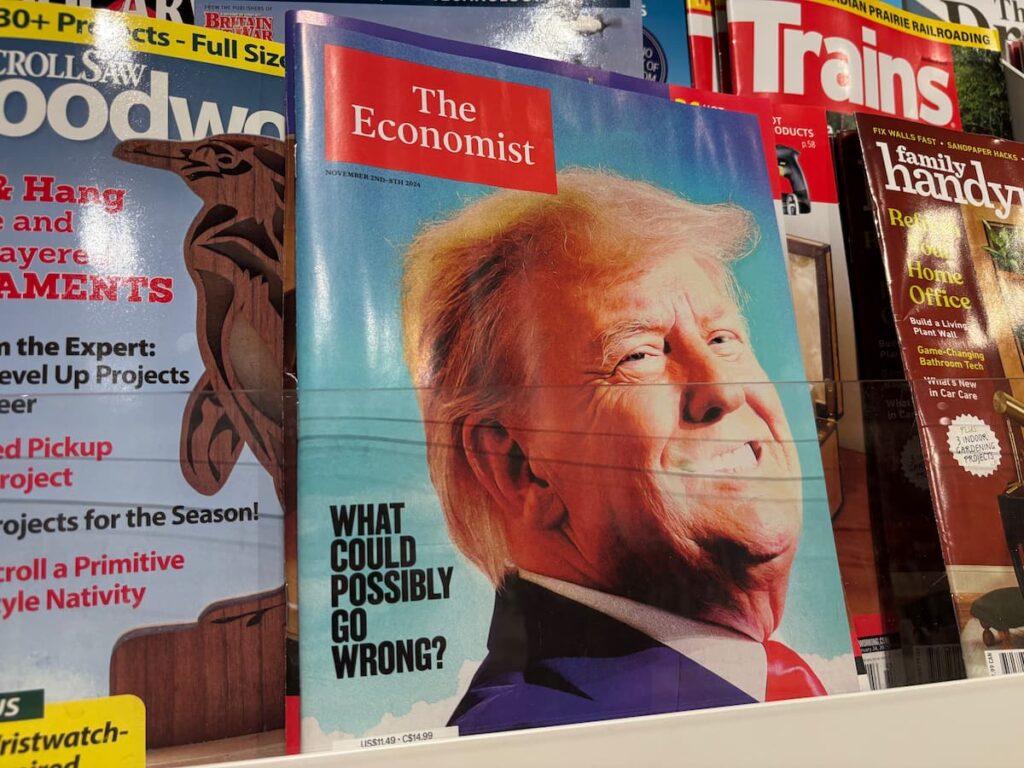Former U.S. President Donald Trump is once again at the center of political controversy—this time for promoting merchandise with the slogan “Trump 2028,” raising questions about his desire and legal ability to serve a third term. Though the U.S. Constitution clearly limits presidents to two elected terms, Trump’s recent remarks and his supporters’ legal theories have reignited debate about presidential term limits and constitutional boundaries.
Merchandise Sparks Speculation
The Trump Organization recently began selling red caps emblazoned with “Trump 2028” for $50. The release came shortly after Trump made public remarks suggesting he was “not joking” about seeking a third term. “A lot of people want me to do it,” he said during an interview with NBC, adding, “there are methods which you could do it.”
This isn’t the first time Trump has alluded to extending his presidency beyond the constitutionally mandated limit. At a rally earlier this year, he told supporters it would be “an honor” to serve “three times or four times,” though he later said it was a joke for the “fake news media.”
Still, the release of official campaign-style merchandise and supportive remarks from allies like Steve Bannon have stirred serious conversations about whether such a bid is legally or politically viable.
What the Constitution Allows — and Doesn’t
The U.S. Constitution, through the 22nd Amendment, is unambiguous on the matter: “No person shall be elected to the office of the president more than twice.” Ratified in 1951 following Franklin D. Roosevelt’s four-term presidency, the amendment sets a clear two-term limit.
Legal scholars widely agree that this provision bars Trump from running again in 2028. According to Derek Muller, a constitutional law professor at the University of Notre Dame, there’s no credible loophole that would allow Trump a third term. He further cited the 12th Amendment, which prohibits anyone ineligible for the presidency from serving as vice president.
Nonetheless, Trump supporters have floated the idea that he could be elected as vice president and then ascend to the presidency via succession should the president resign. Though technically untested in court, this theory is considered far-fetched by most constitutional experts.
Political Reactions and Legislative Proposals
Reactions have been split along party lines. Democrats have been swift and sharp in their condemnation. “This is yet another escalation in his clear effort to take over the government and dismantle our democracy,” said Representative Daniel Goldman of New York.
Even within the Republican Party, the idea has failed to gain widespread traction. Senator Markwayne Mullin of Oklahoma stated he wouldn’t support any constitutional amendment to allow a third term. Congressman Tom Cole dismissed the entire notion as “too fanciful to really discuss seriously.”
Still, one Republican lawmaker has tried to formalize the idea. In January, Representative Andy Ogles of Tennessee introduced a resolution to amend the Constitution to allow a president to serve three non-consecutive terms. However, the legislative path to amending the Constitution is notoriously difficult, requiring two-thirds approval in both chambers of Congress and ratification by three-fourths of state legislatures—an unlikely scenario given the current political makeup.
Historical Context and Modern Implications
Franklin D. Roosevelt remains the only president in U.S. history to serve more than two terms. His presidency, marked by the Great Depression and World War II, led directly to the passage of the 22nd Amendment to prevent indefinite incumbencies.
The conversation around Trump’s hypothetical third term raises broader concerns about constitutional norms and democratic principles. As legal experts like Jeremy Paul of Northeastern University have noted, “There are no credible legal arguments” for Trump to run again. Despite the theatrics, most analysts believe the real barrier remains the U.S. Constitution itself.
Whether the “Trump 2028” hats are a political ploy, a merchandising strategy, or a deeper signal of intent remains to be seen. But one thing is clear: the legal structure of the presidency is not easily changed—and the debate around it is far from over.



